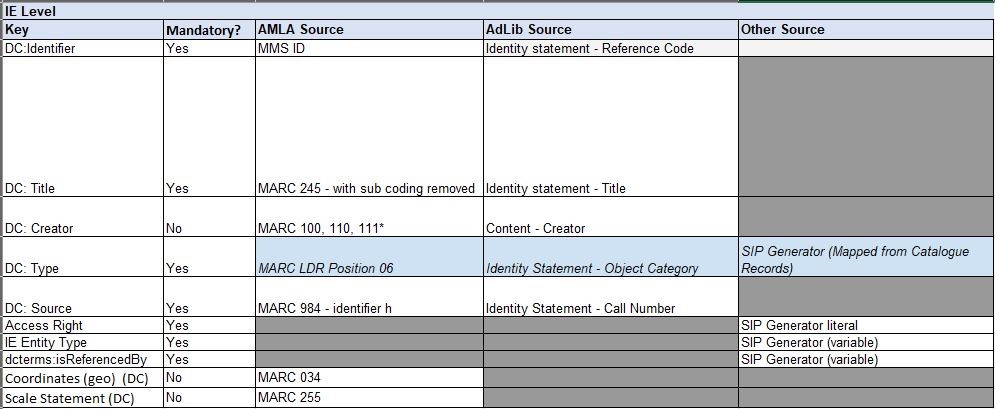Joanna Fleming is Digital Curation Specialist for State Library of New South Wales
The State Library of New South Wales (the Library) is the oldest library in Australia, with a history dating back to 1826 and a collection of historical, cultural and informational significance documenting the heritage of Australia, New South Wales and Oceania.
The Library has a long history of collecting born-digital material and collection digitisation. However, systems, delivery, infrastructure, policy and practise required improvement to keep up with the demands of digital collecting and the expectations of readers. The Library also needed to be able to ensure the ongoing sustainability of digital collections.
Digital Excellence Program
The Digital Excellence Program, a NSW Treasury funded program, was launched in 2012 to fund the digitisation of signification collections and to undertake a complete renewal of underlying infrastructure and systems.
Now into the seventh year of this program, the Library has created over 11.8 million master files (through a combination of in-house and outsourced projects) covering a range of formats including books, manuscripts, photographic material, maps and audiovisual material. The renewal of infrastructure and systems led to a new integrated collection management system (ICMS)[1] launched in 2016, including Rosetta for Digital Preservation.
The Library’s Digital Preservation Policy, establishing standards and informing ongoing requirements, was ratified in 2015. The new digital preservation system, Rosetta, would ensure the sustainability of the growing digital collection, providing active management of the digital information over time and ensuring its continued viability and accessibility.
In 2016 we found ourselves with everything that we needed for a successful digital preservation programme… yes?
An active digital preservation program
Having the system and the policy was just the tip of the iceberg. A fit-for-purpose system like Rosetta meant a team of subject matter experts had to make key decisions (using their knowledge and experience) to ensure adherence with the policy, whilst balancing the needs of the readers and staff, dealing with possible limitations of the system and the nuances of different media. The need for consistent format-specific data models was identified early in the implementation process and became pivotal in ensuring access and preservation of the digital collection.
The development of data models for the different types of media was essential in defining the structure of our Submission Information Packages (SIP) and Dissemination Information Package (DIP) and our metadata requirements, both technical and descriptive, from the Intellectual entity all the way down to the file level.
This brought together a range of key subject matter experts across the Library - some metadata could only be captured through the acquisition process and metadata needed to be embedded in the file to enable better discovery and display through viewers.
The data models became essential for the development of workflows in Rosetta and would support future preservation activities and delivery of content.

[Intellectual Entity (IE) level metadata data model example: born digital oral history]
The process wasn’t all technical. A huge amount of time was spent managing change; the expectations of staff and readers who were looking to the new ICMS to fix all the ills of the past straight away! Implementing four new systems comes with its own set of challenges. An education process around ‘what is digital preservation’ was required, how it requires an ongoing commitment and is not just a digital asset management tool or only about digitisation. Digital Preservation is ensuring that your digital collection has the same rigour around it as your physical collection.
This ongoing commitment isn’t just about funding for storage and systems support, it is a commitment to staffing, skill sharing and development.
In 2018 the Library does not have a dedicated digital preservation section, rather the “distributed” team of subject matter experts has evolved into a central organisation-wide governance group that meets regularly to take carriage of any digital preservation decisions. Members of this group regularly engage with relevant communities of practise such as the National and State Libraries Australia Digital Preservation Community of Practise, Australasia Preserves and the Rosetta Product Working Group.
There has been robust discussion about what the longer-term approach to the support of the digital preservation programme at the Library will look like.
We have recently developed a tool that has improved our ingest processes and we will be focusing on collecting more complex born digital collections and how to provide access to these collections.
For more information about our digital preservation activities: https://www.sl.nsw.gov.au/blogs/digital-preservation
[1] The ICMS is comprised of four integrated systems; Ex Libris Alma for published collections, Primo for discovery, Rosetta for Digital Preservation, and AdLib for the management of archival collections.
